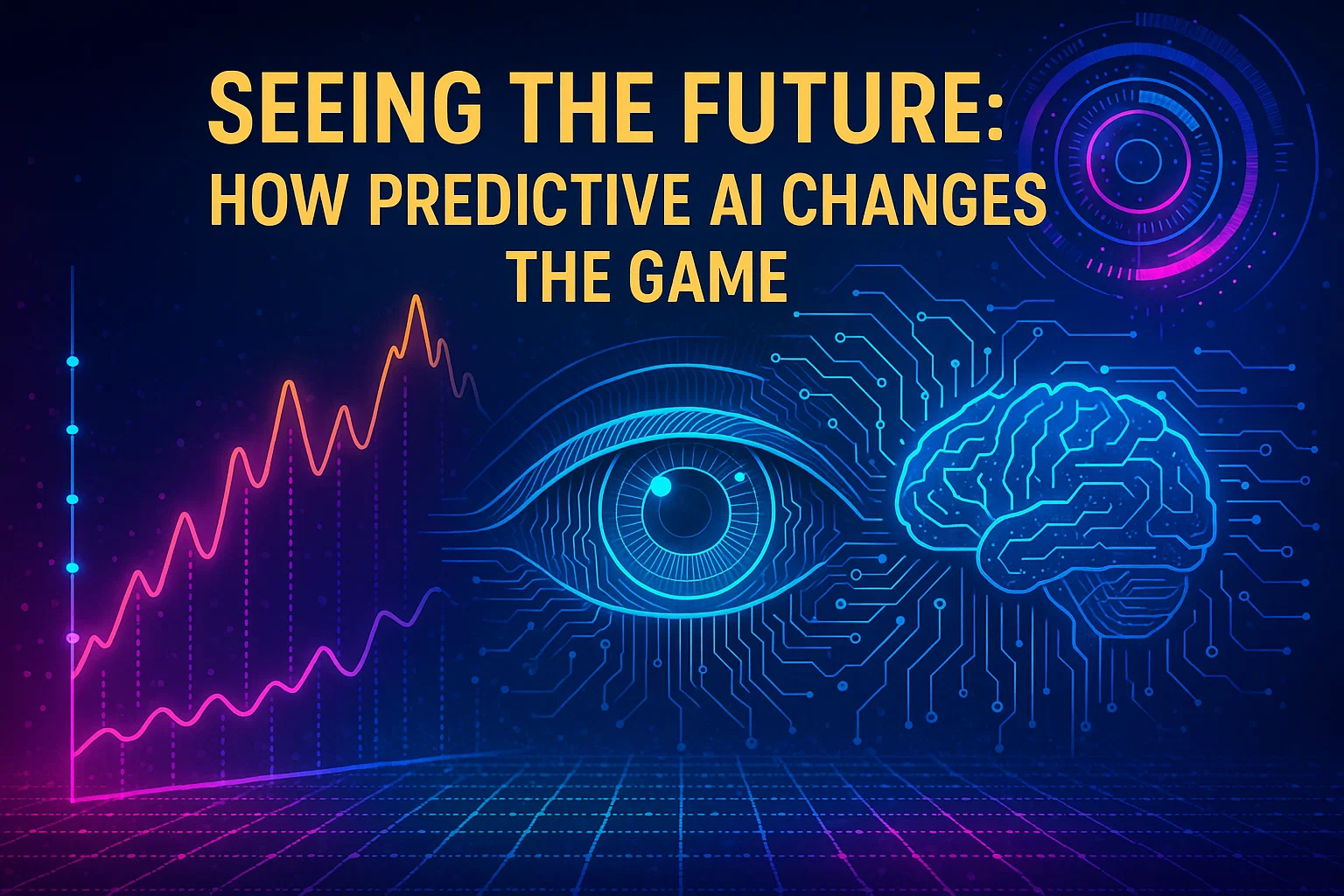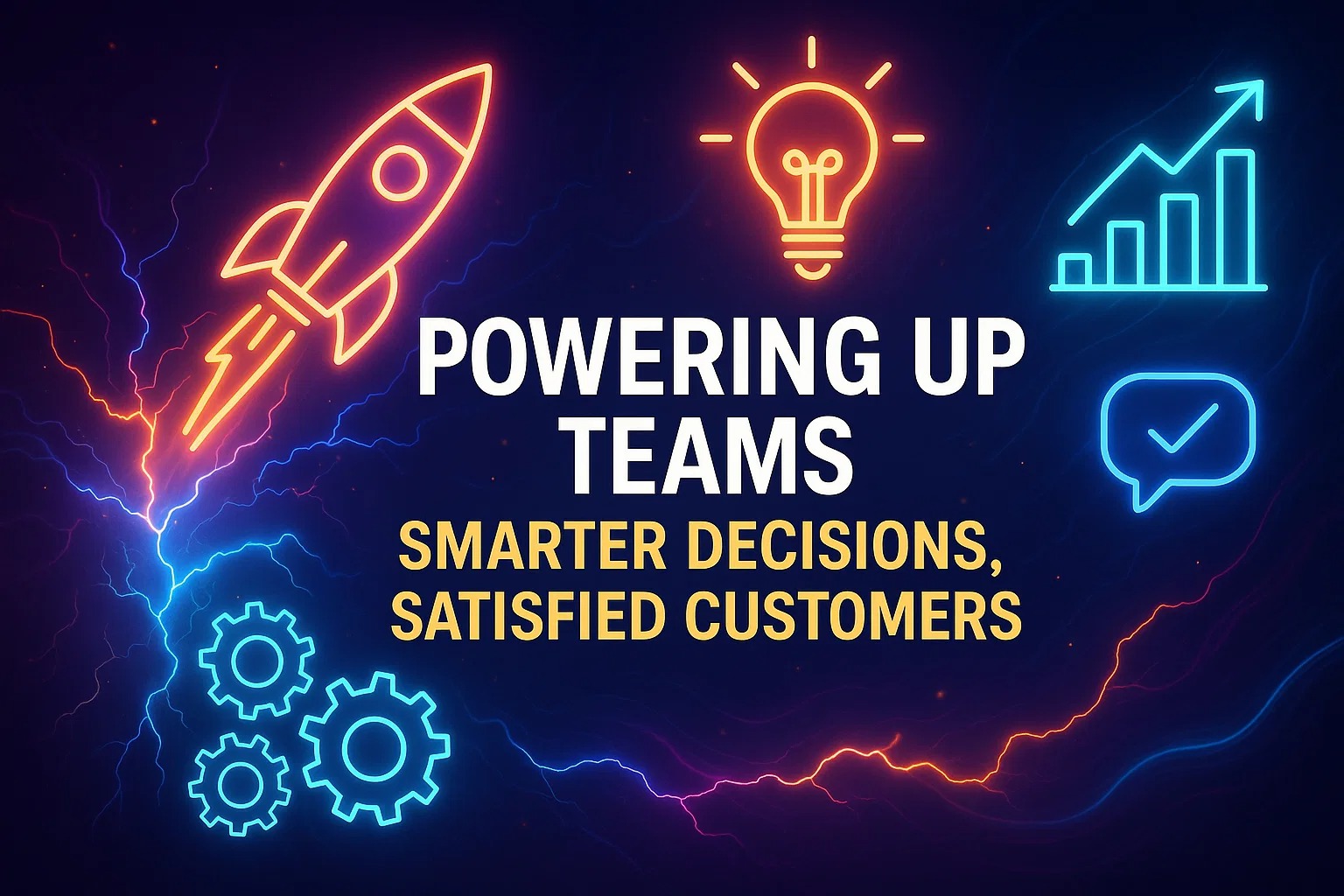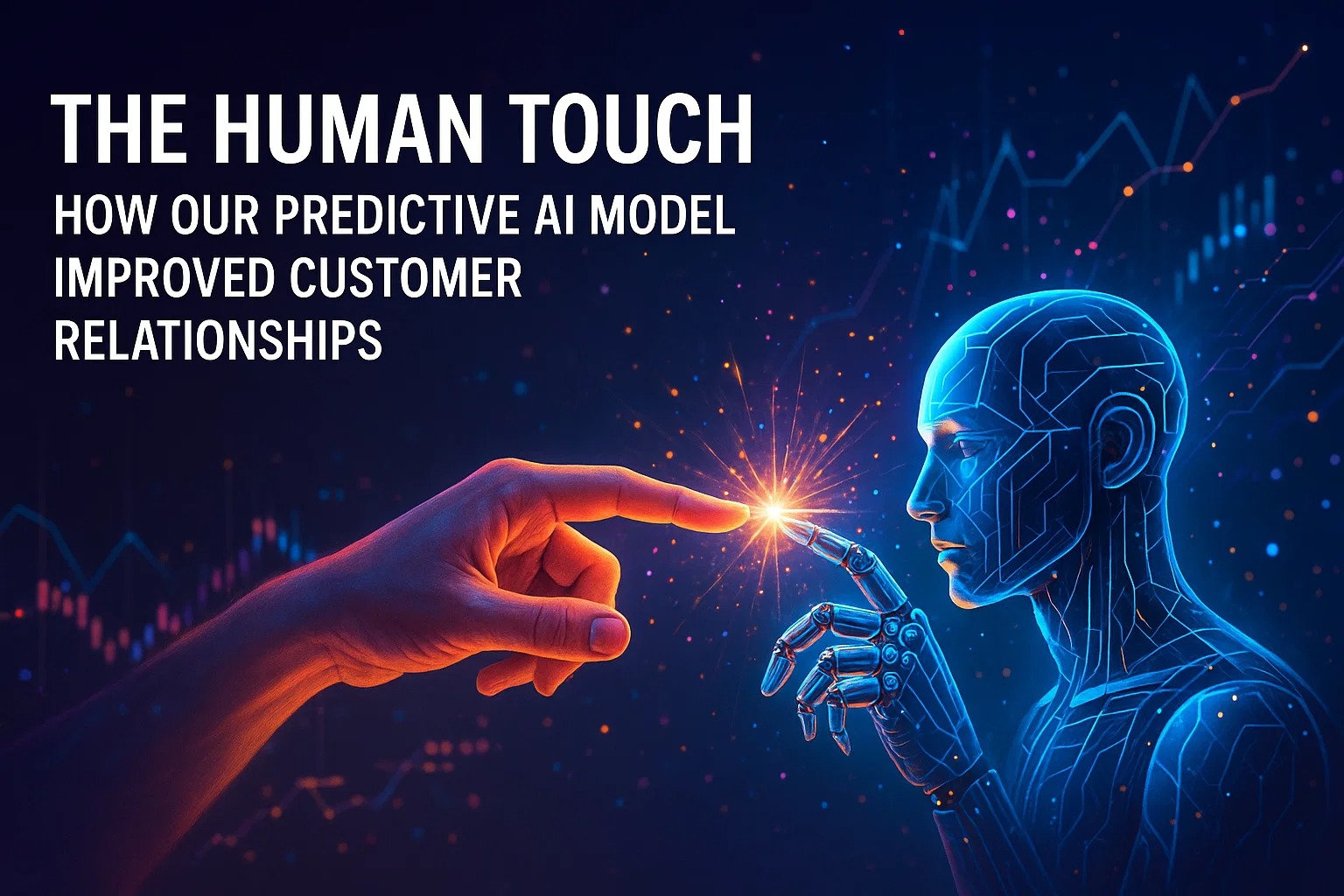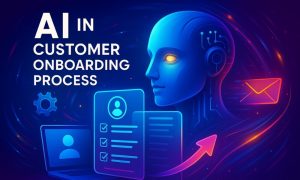Imagine your Customer Success team had a GPS for customer journeys? Amazing right? Using that, you navigate the twists and turns before hitting any roadblocks or dead ends.
But what if you could get real-time directions that tell you exactly when a customer might need a stop, or when they’re ready to improve with your product, long before any warning signs pop up?
No more last-minute alarms or emergency stops. Instead, you get a clear, confident route that guides your team to act proactively, turning potential slowdowns into opportunities for growth.
Sounds pretty interesting, doesn’t it? That’s exactly the shift we’ve experienced, and it’s been a total game changer for how we approach Customer Success every day.
In our last blog, we shared how AI-driven decisions saved thousands in revenue by catching early signals and choosing the best next move. But that was just the beginning.
Today, I want to take you behind the scenes of the bigger transformation, which was the move from reactive chaos to predictive clarity.
It wasn’t a walk in the park, but trust me, the payoff has been incredible.
The Old Way: Chasing Fires and Fighting Blind
Ah, the old days when a Customer Success team constantly reacted to problems like late payments, frustrated customers, and unexpected cancellations. The team was always busy, but often it felt like they were fighting blind and responded only after the damage is done.
This reactive approach? It’s been the norm for years. Customer Success Managers (CSMs) would rely on gut feelings, manual data checks, and customer complaints to prioritize their actions. They’d struggled to respond to customer emails, jump on support tickets, and try to patch issues as they arose.
Sounds exhausting, right? And honestly, it is.
The problem?
By the time a red flag shows, it’s often too late to prevent churn or lost revenue. Teams get stuck in this exhausting cycle of firefighting, which leaves almost no room for strategic growth or proactive engagement.
Let’s a CSM who spends their day without any worth it the time like handling unsatisfied customers, fixing billing issues, or struggling to save accounts on the brink of cancellation.
There’s no time left for building relationships, understanding customer goals, or identifying new growth opportunities.
And here’s the kicker: this reactive model is costly. It’s not just about lost revenue, but also demotivates your team and long-term customer loyalty. You can compare it with running on a treadmill that’s going nowhere fast.

Seeing the Future: How Predictive AI Changes the Game
Now, here’s where things get exciting. Enter predictive AI, which was the real game changer.
Instead of waiting for problems to surface, predictive AI analyzes large amounts of data to understand customer behavior. It identifies those subtle signs way before they become obvious issues.
For example, it can identify customers who are likely to churn weeks in advance or those primed for an upsell based on usage patterns, engagement signals, and even external factors like market trends.
This foresight? It gives Customer Success teams the power to act early, turning potential crises into opportunities.
No more chasing fires. Instead, teams get a clear view of what’s coming and can plan their moves strategically.
You can compare it to a weather forecast for your customer base, where you can predict storms before they hit and make preparations.
Oh, and here’s a quick story: one client shared how their churn rate dropped significantly after implementing predictive AI. Instead of reacting to cancellations, they reached out proactively to customers showing early signs of disengagement.
The result? Happier customers and saved revenue.
From Data Overload to Clear Insights
Oh Man! Let’s be honest here!
One of our biggest headaches in Customer Success today was data overload. With so many tools, metrics, and customer touchpoints, it was easy to drown in information without knowing what to prioritize.
But here’s the good news: predictive AI cuts through the noise. It simplified the complex data into clear and well-understanding ones.
Instead of running through countless spreadsheets or dashboards, Customer Success teams received prioritized recommendations, who to reach out to, what message to send, and when to act.
This clarity not only saved time but also ensured efforts are focused where they matter most, maximizing impact.
Isn’t it matching like you are trying to find a needle in a haystack? Predictive AI hands you a magnet.
For example, instead of guessing which customers might churn, the AI ranked accounts by risk level and suggested personalized next steps. This means teams spent less time guessing and more time doing what actually drives results.

Powering Up Teams: Smarter Decisions, Satisfied Customers
But wait, predictive insights alone weren’t enough.
The real magic happened to us when these insights powered up our Customer Success teams to make smarter decisions.
CSMs had better data that they utilized to personalize their outreach, customize solutions, and engage customers with confidence.
This led to happier customers who understood the products or services.
At the same time, teams experienced less stress and greater job satisfaction because they were no longer stuck in reactive mode. At that time, they were proactive, strategic, and effective.
Here’s a little example: one Customer Success Manager shared how AI recommendations helped her prioritize her daily tasks. Instead of feeling overwhelmed, she focused on high-impact accounts. It resulted in better customer satisfaction scores and a noticeable boost in upsell opportunities.
This shift also improved collaboration. When our team trusted the data and insights, they could ensure better results with sales, product, and marketing, which created a combined approach to customer success.

The Human Touch: How Our Predictive AI Model Improved Customer Relationships
Now, here’s something I really want to highlight.
While predictive AI was amazing at finding out the risks and opportunities, its true strength lies in enhancing the human connection between Customer Success teams and their customers.
By providing timely and actual data insights, AI helps Customer Success Managers to engage in more relevant conversations. Instead of struggling to solve problems, they could focus on understanding customer goals, pain points, and aspirations.
For example, when the AI signaled a potential churn risk, our CSMs didn’t just react to the problem. But they offered exact solutions and strategic advice that the customer wanted or desired.
This proactive and consultative approach transformed many of our customer relationships from transactional interactions into genuine partnerships.
Customers began to feel truly heard, which improved the trust level and enhanced the loyalty.
Beyond Retention: Turning Customers Into Promoters
And here’s the exciting part, you know!
Our predictive Customer Success didn’t just help retain customers, it helped turn them into promoters.
By predicting the needs and delivering personalized value, teams built stronger relationships that welcomed advocacy among them.
This shift from retention to growth would be a game-changer for any business.
And it’s exactly what we’ll discuss next in our upcoming blog, “We Didn’t Just Retain Customers — We Turned Them Into Promoters.”
Till then, stay tuned!!!
Author
Shirikant is a proven customer success leader who combines sharp business insight with practical experience to improve retention and drive revenue. As the founder of Statwide, he designs customer-first business strategies that guide companies to turn users into loyal and long-term partners. His approaches are built on real results: stronger relationships, higher customer value, and lasting growth.








